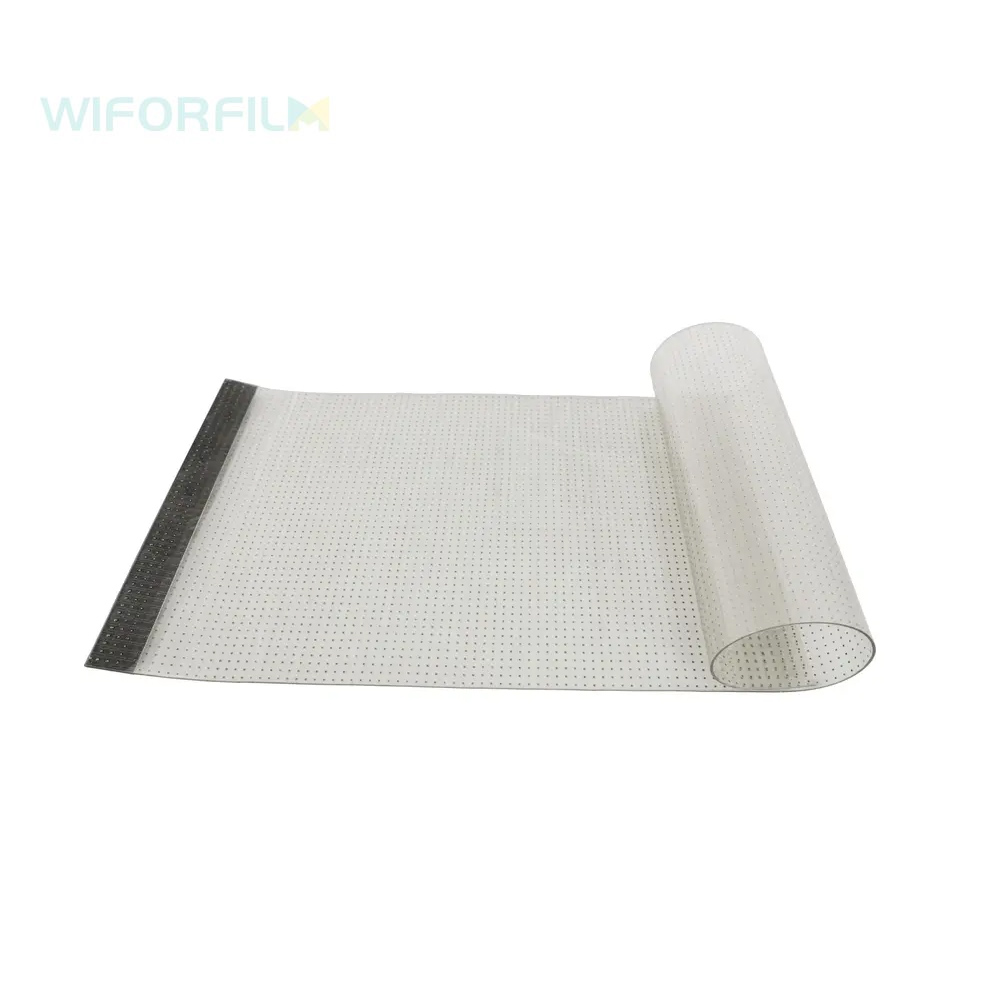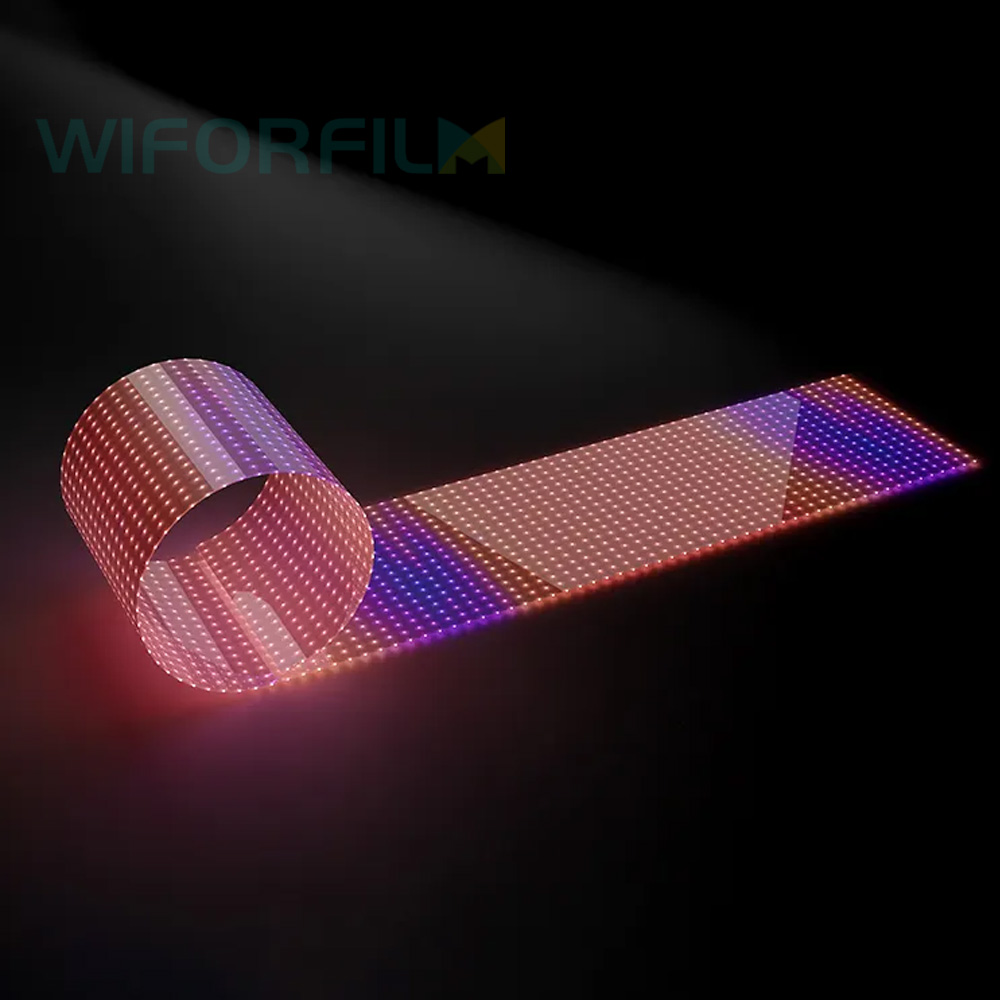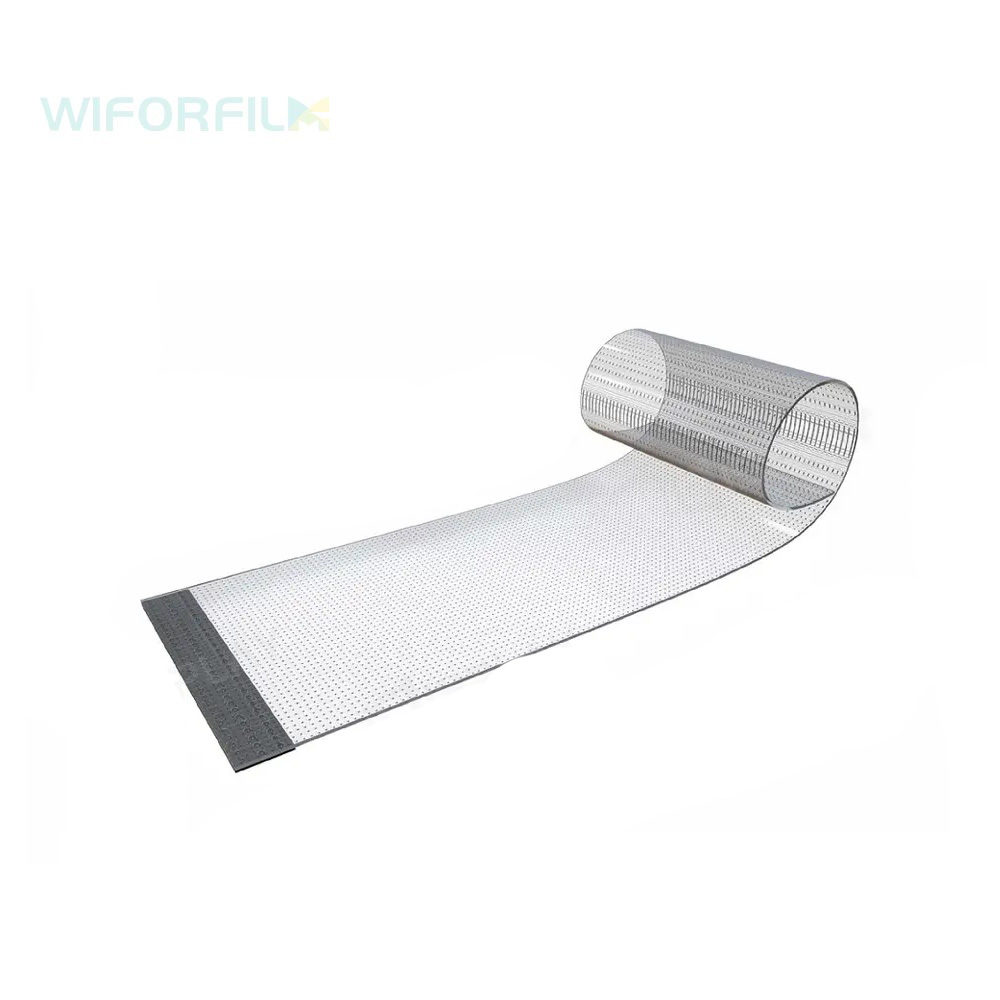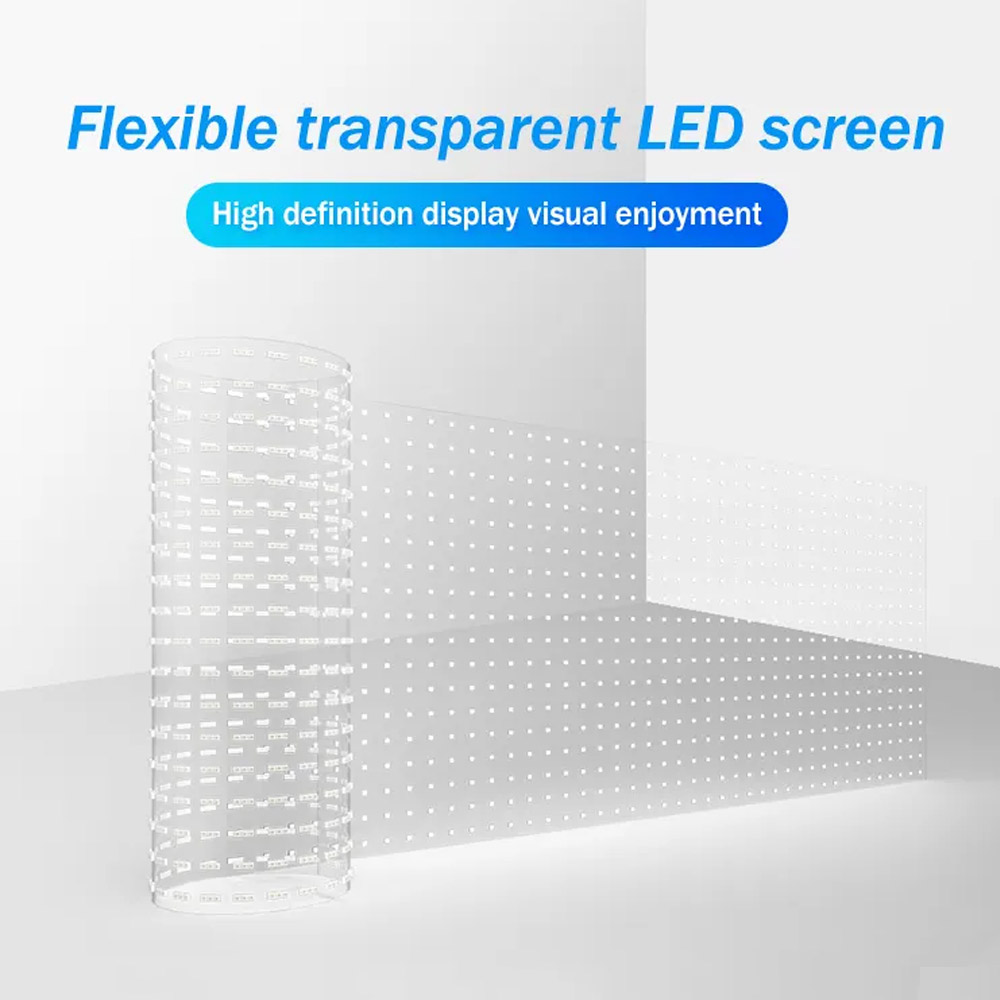
Introduction:
LED panel display modules are crucial components in the field of electronic visual displays, offering a versatile and efficient solution for a wide range of applications. These modules consist of Light Emitting Diodes (LEDs) arranged in a matrix on a flat surface, providing a bright and dynamic visual output. This article will delve into the key aspects of LED panel display modules, including their construction, working principles, applications, and advancements.
Construction:
LED panel display modules typically comprise an array of individual LEDs arranged in rows and columns. The LEDs are mounted on a flat substrate, often made of materials like glass or plastic, forming a grid structure. Each LED serves as a pixel, and the combination of these pixels creates the overall image or content displayed on the panel.
The construction may vary based on the type of LED panel, such as surface-mounted device (SMD) or through-hole LED panels. SMD panels involve mounting LEDs directly onto the surface of the substrate, while through-hole panels have LEDs inserted through holes in the substrate and soldered on the reverse side.
Working Principles:
The operation of LED panel display modules relies on the principles of electroluminescence. When an electric current passes through the semiconductor material within an LED, it emits light. By controlling the intensity of the current flowing through each LED in the matrix, it is possible to achieve a spectrum of colors and brightness levels, forming a complete image or video.
To control the individual LEDs, LED panel display modules are equipped with driver circuitry and control systems. These systems interpret input signals and drive the LEDs accordingly, ensuring precise and synchronized display performance.
Applications:
LED panel display modules find extensive applications in various sectors, owing to their flexibility, energy efficiency, and vibrant visual output. Common applications include:
Digital Signage: LED panels are widely used in advertising displays, information boards, and billboards, providing a dynamic and eye-catching platform for promotional content.
Indoor and Outdoor Displays: LED panels are utilized for both indoor and outdoor applications, such as large-scale video walls, stadium screens, and concert displays.
Information Displays: LED panels are employed in public spaces like airports, train stations, and shopping malls to convey information, announcements, and directions.
Television and Monitors: LED technology is prevalent in modern television and computer monitor displays, offering high resolution and energy efficiency.
Advancements:
Recent advancements in LED panel display technology focus on improving resolution, energy efficiency, and flexibility. The development of MicroLED technology has gained attention, enabling even higher pixel densities and improved color accuracy. Additionally, efforts are ongoing to enhance the flexibility of LED panels, allowing them to be curved or shaped for innovative display designs.
Conclusion:
LED panel display modules have revolutionized the visual display industry, offering a compelling combination of brightness, energy efficiency, and versatility. With ongoing advancements, these modules continue to play a pivotal role in various applications, shaping the future of electronic visual displays.









